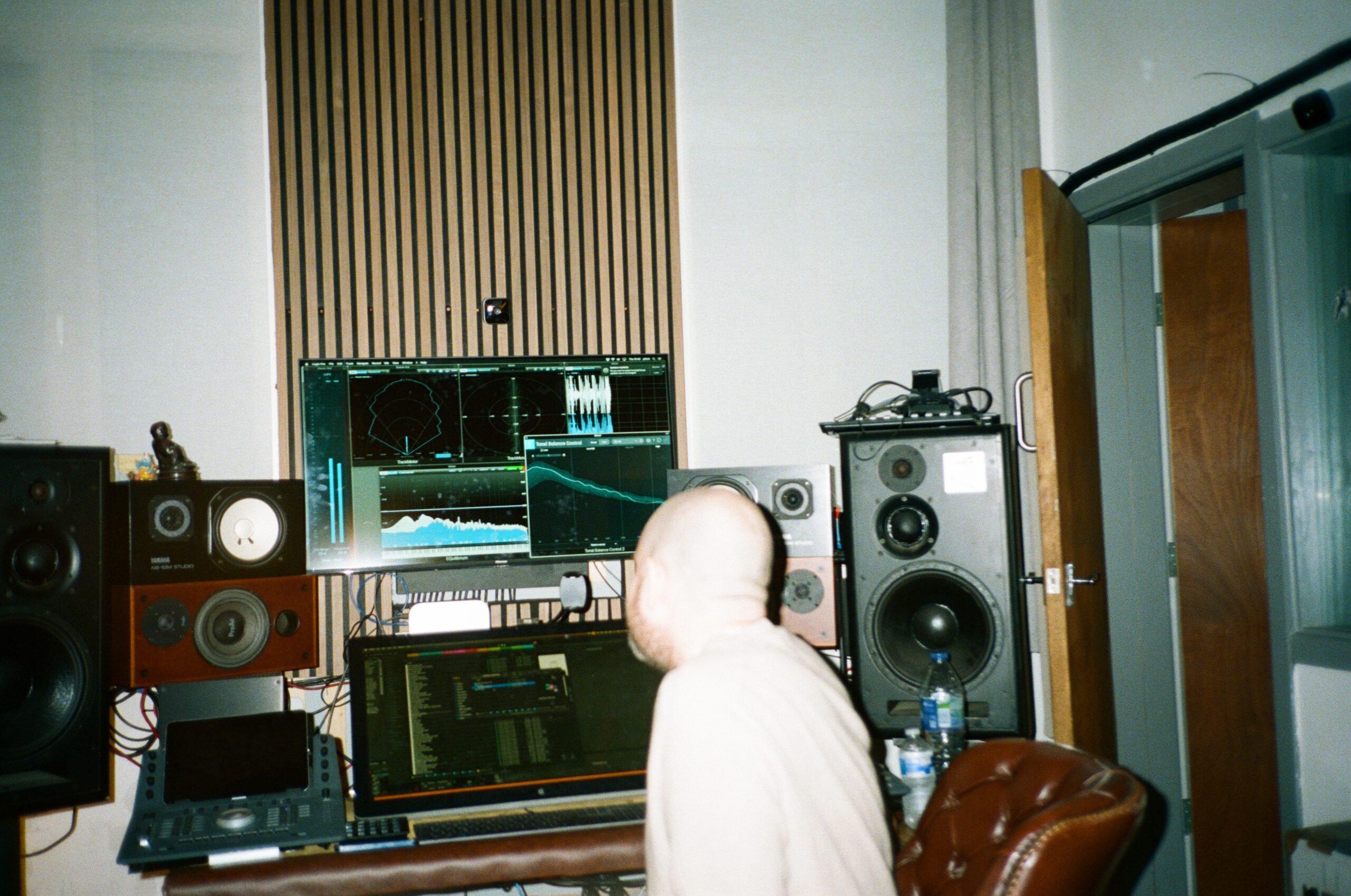Europe’s airports urged to future-proof as post-pandemic pressures reshape industry landscape
ACI Europe’s Olivier Jankovec urges airports to future-proof amid post-pandemic challenges, competitive pressures, rising costs, and urgent sustainability-driven investment needs. The article Europe’s airports urged to future-proof as post-pandemic pressures reshape industry landscape first appeared in TravelDailyNews International.


ATHENS – Kickstarting the 35th ACI Europe Annual Congress and General Assembly in Athens today, Director General Olivier Jankovec’s State of the Airport Industry focused on the imperatives of resilience and future proofing – as the airports business is being redefined by the complex interplay of geopolitical tensions, economic challenges, technological disruptions, environmental concerns, and heightened competitive pressures.
New normal and heightened competitive pressures
While passenger traffic across the European airport network finally surpassed pre‑pandemic (2019) levels in 2024, and demand for air transport remains largely resilient so far this year, performance gaps across national and individual airport markets are part of the new normal. This reflects the impact of both structural changes in Europe’s aviation market and geopolitics.
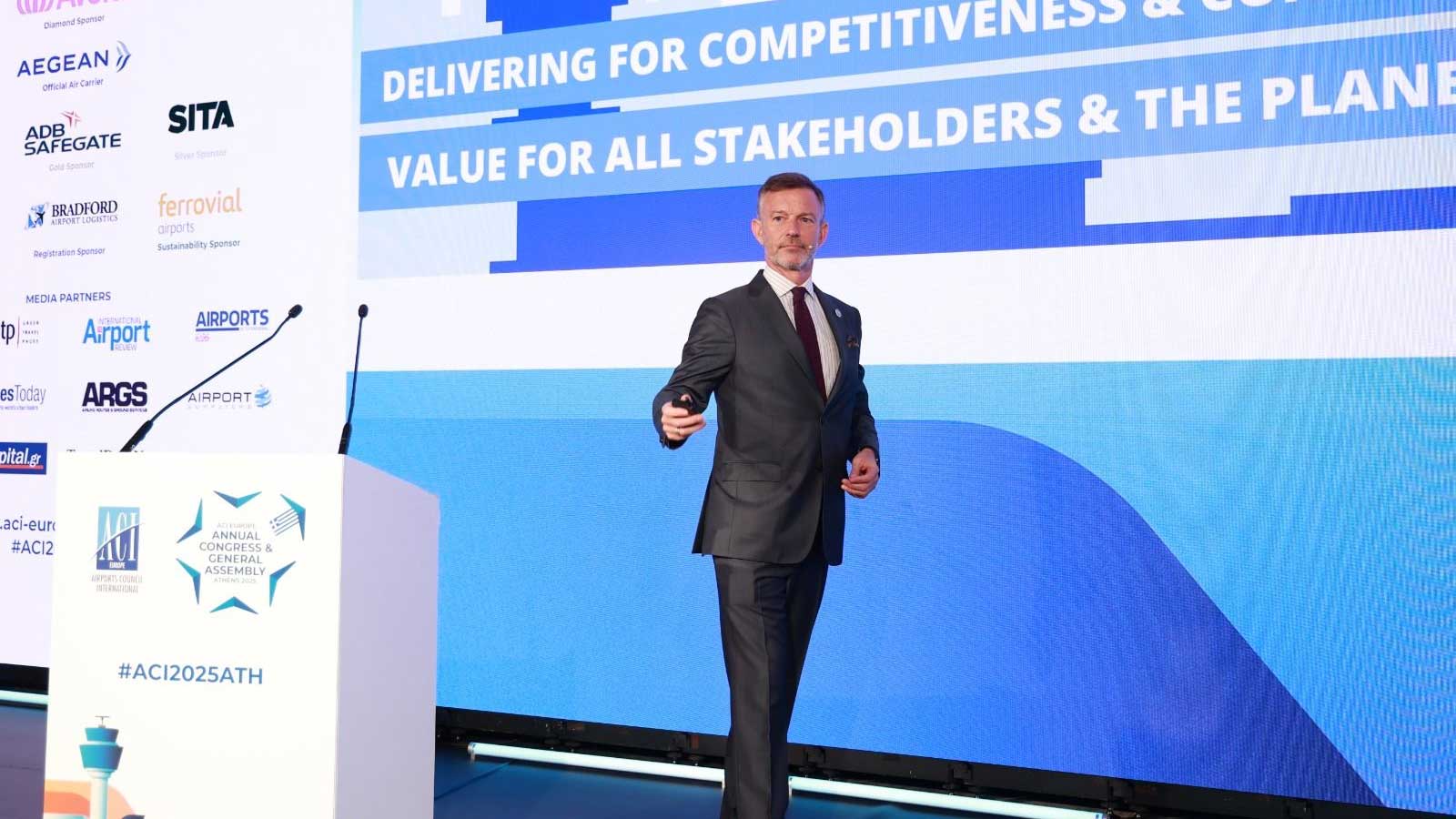
Jankovec said: “Airports’ trading conditions have been fundamentally reshuffled post‑pandemic. The primacy of leisure, VFR1 and blended demand coupled with the impressive yet selective expansion of ultra‑Low Cost Carriers and the relative retrenchment of consolidating Full Service Carriers are resulting in renewed competitive pressures – which Ryanair2 and even the Lufthansa Group3 are candid about. The fact that only 56% of Europe’s airports have recovered their pre‑pandemic passenger volumes4 and that 67% of intra‑European routes are airline monopolies5 clearly debunks the myth that airports have significant market power.”
Improving finances
These competitive pressures keep shaping airports’ finances in particular on the revenue side. While aeronautical revenues from user charges reached 32 billion euros last year, they still remained -1% below pre‑pandemic (2019) levels when adjusted for inflation. Overall costs reached 41.1 billion euros, an increase of +24% compared to 2019 – with the costs of materials and supplies, maintenance and energy/utilities jumping by +117%, +49% and +37% respectively on a per passenger basis.
Yet, Europe’s airports achieved a net profit of 10.5 billion euros in 2024 — a welcome increase over the preceding year (7.7 billion euros). This improvement was driven by continued cost discipline wherever possible, the relative performance of non‑aeronautical revenues and foregone / postponed investments – which during the Covid‑recovery were 16.4 billion euros below planned investment levels6.
Dedt and airport investmenmts for Europe
However, Jankovec warned about both the weight of accumulated debt and the need to restart investments: “Europe’s airports’ debt – largely accumulated during the pandemic to stay afloat – still stands at 135 billion euros, a +27% increase compared to 2019. But at the same time, many airports now need to embark on a new investment cycle. This is about catching up to meet the mounting operational pressures stemming from the traffic recovery, but also adapting to our new environment. This means investing in upgrading and modernising existing airport facilities, building more operational resilience across the board and of course sustainability, along with expanding capacity where needed.”

He added: “Overall, our investment needs stand at 360 billion euros by 2040 and it is clear that enabling those investments must be part of Europe’s agenda for competitiveness – as recognised by the Draghi report. That is a message our national regulators need to hear loud and clear when it comes to airport charges and adherence to the user pays principle, and that also calls for much needed regulatory stability at EU level.”
Macro paradigm shifts and decoupling challenge
Turning to geopolitics, geoeconomics and climate change, Jankovec stressed how these macro paradigm shifts are exacerbating risks and challenges: “What we are witnessing is the convergence of geopolitical, physical and cyber threats along with economic uncertainty and the acceleration of climate change. This means airports must prepare for more traffic volatility, fragmentation and overall slower growth compared to what we have been used to over the past decades.”
A key driver for structurally slower passenger growth in the coming years will come from the cost of decarbonising European aviation, which has soared from 800 billion euros to 1.3 trillion euros since 20217. This will inevitably increase the cost of flying and slow average yearly demand growth from +2% to +1.4%. That in turns brings an unprecedented challenge for Europe’s airports: decoupling their financial viability and ability to keep investing from dynamic traffic growth.
Jankovec warned about the need to rethink the fundamentals of the airport business model, pointing to the work currently carried out by the Boston Consulting Group (BCG) on this matter: “Our economic model and ability to invest remain dependent on dynamic volume growth, since market forces and regulators exercise a downward pressure on our user charges, which are set in advance with no dynamic pricing possible – unlike air fares. Yet, slower traffic growth and inflationary cost pressures will require increasing airport unit revenues, including user charges. This will be a prerequisite for Europe to keep modernising and developing its airport infrastructure and thus safeguarding its competitiveness.”
Presenting the initial results of a study on new pathways towards sustained value creation for Europe’s airports at the event, Gabriele Ferri, Managing Director & Partner at the Boston Consulting Group (BCG) said: “Following years of sustained growth, Europe’s airport sector is now facing mounting headwinds. Slowing traffic growth, intensifying operational and capital pressures, declining unit revenues, and tightening environmental and regulatory constraints are reshaping the landscape.”
“To stay attractive to investors, airports must fundamentally rethink value creation – focusing more on diversified revenue streams, whilst ensuring unit revenues support investment, elevating infrastructure quality and sustainability, and playing a more active role in orchestrating the broader ecosystem – including airlines, retailers, and regulators — to unlock long‑term, sustainable value.”
Traveldailynews.com is media supporter of the 35th ACI Europe Annual Congress and General Assembly, which concludes tomorrow.
1 Visiting Friends and Relatives
2 “Competition between European airports for airline capacity has never been that strong. It is just enormous and that will continue” Jason Mc Guinness, CCO Ryanair (Vienna CESEE Airport Forum, 5 December 2025)
3 “We will further accelerate our focus on those airports that either keep their charges flat or even reduce their charges” Carsten Spohr, CEO Lufthansa Group (Investor relations call)
4 January-April 2025 vs January-April 2019
5 Analysis from SEO Amsterdam Economics (June 2025)
6 2020-2023
7 https://go.aci-europe.org/
The article Europe’s airports urged to future-proof as post-pandemic pressures reshape industry landscape first appeared in TravelDailyNews International.




![‘Buckshot Roulette’ Developer Announces Psychological Horror Title ‘s.p.l.i.t’ Launches July 24 [Trailer]](https://bloody-disgusting.com/wp-content/uploads/2025/06/split.jpg)

![Puppets, Zombies and Aliens Run Amok in ‘Apocalypse Love’ [Review]](https://bloody-disgusting.com/wp-content/uploads/2025/06/Apocalypse-Love-2.png)
![‘The House of the Dead 2: Remake’ Comes to Switch and PC on August 7 [Trailer]](https://i0.wp.com/bloody-disgusting.com/wp-content/uploads/2025/06/hotd2.jpg?fit=900%2C580&ssl=1)












































![The Nasty Woody [ANYTHING ELSE]](https://jonathanrosenbaum.net/wp-content/uploads/2011/04/anything-else.gif)
![Satire in Action [15 MINUTES]](https://jonathanrosenbaum.net/wp-content/uploads/2011/11/15minutes.jpg)
![Strangers in Elvisland [MYSTERY TRAIN]](https://jonathanrosenbaum.net/wp-content/uploads/2011/04/mysterytrain-theaterruin.jpg)






















































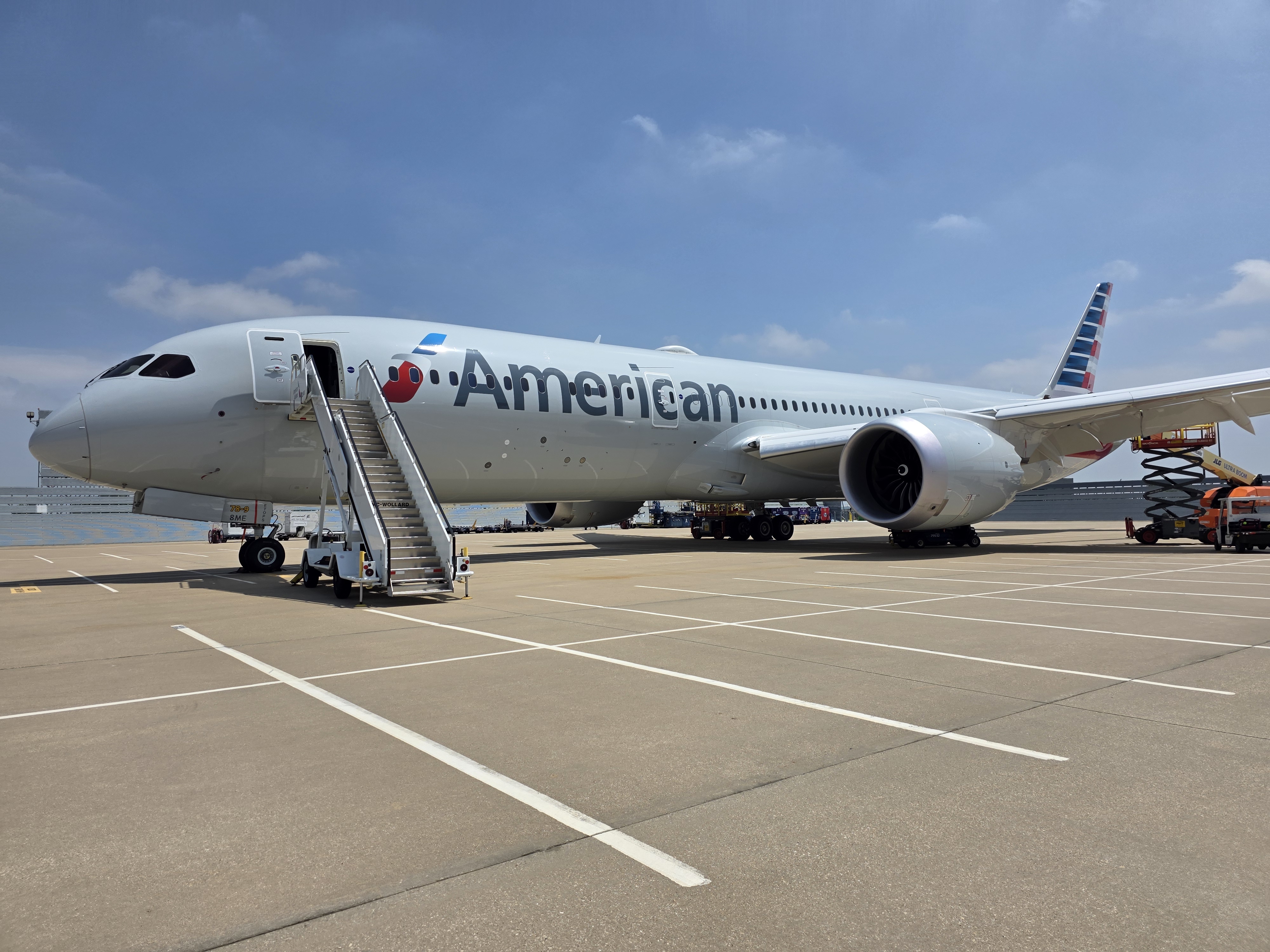
![United Flight Attendant Leaves Risqué Note for Miley Cyrus’ Ex—”I Was Shakin’ Like a Stripper” [Roundup]](https://viewfromthewing.com/wp-content/uploads/2023/02/ua-fa.jpeg?#)
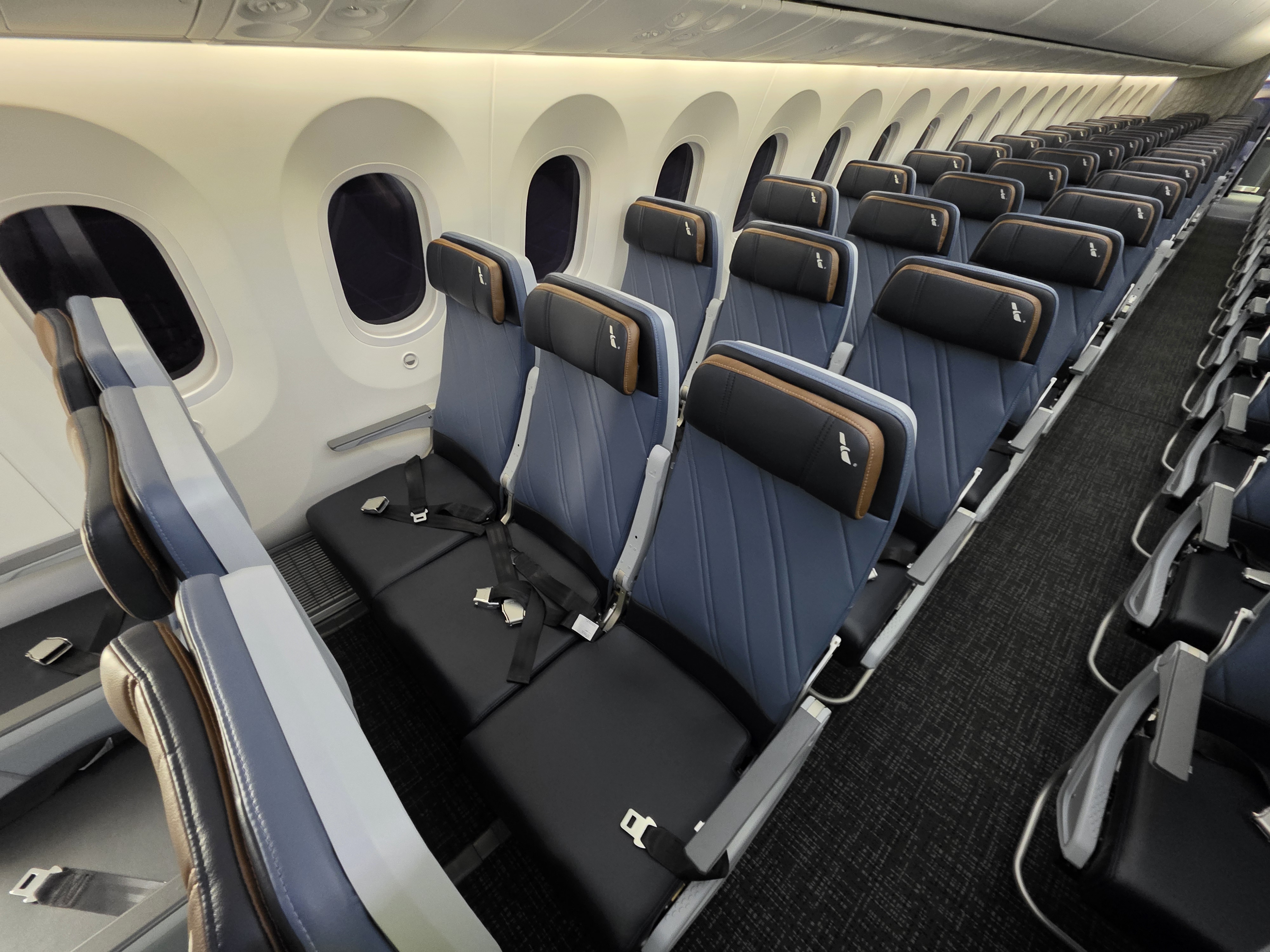
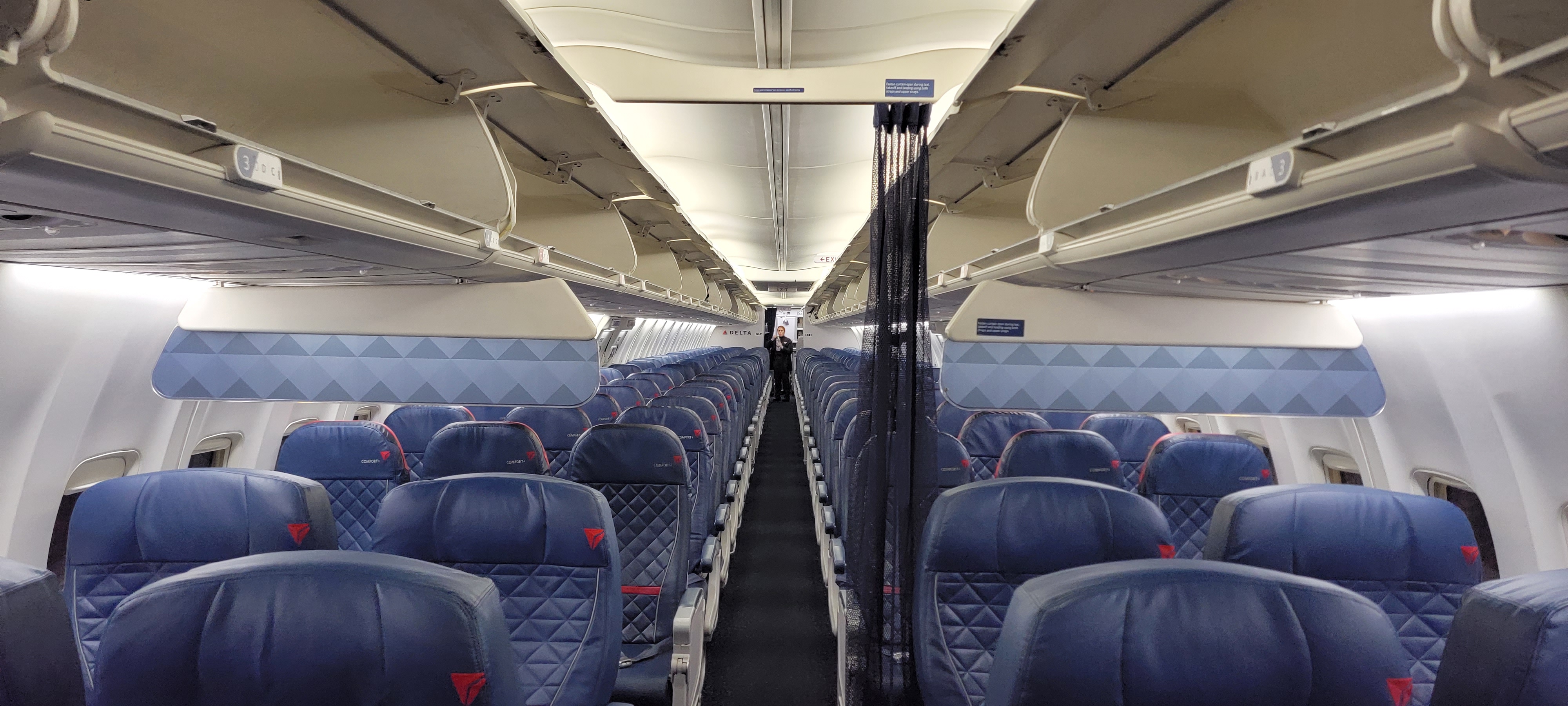


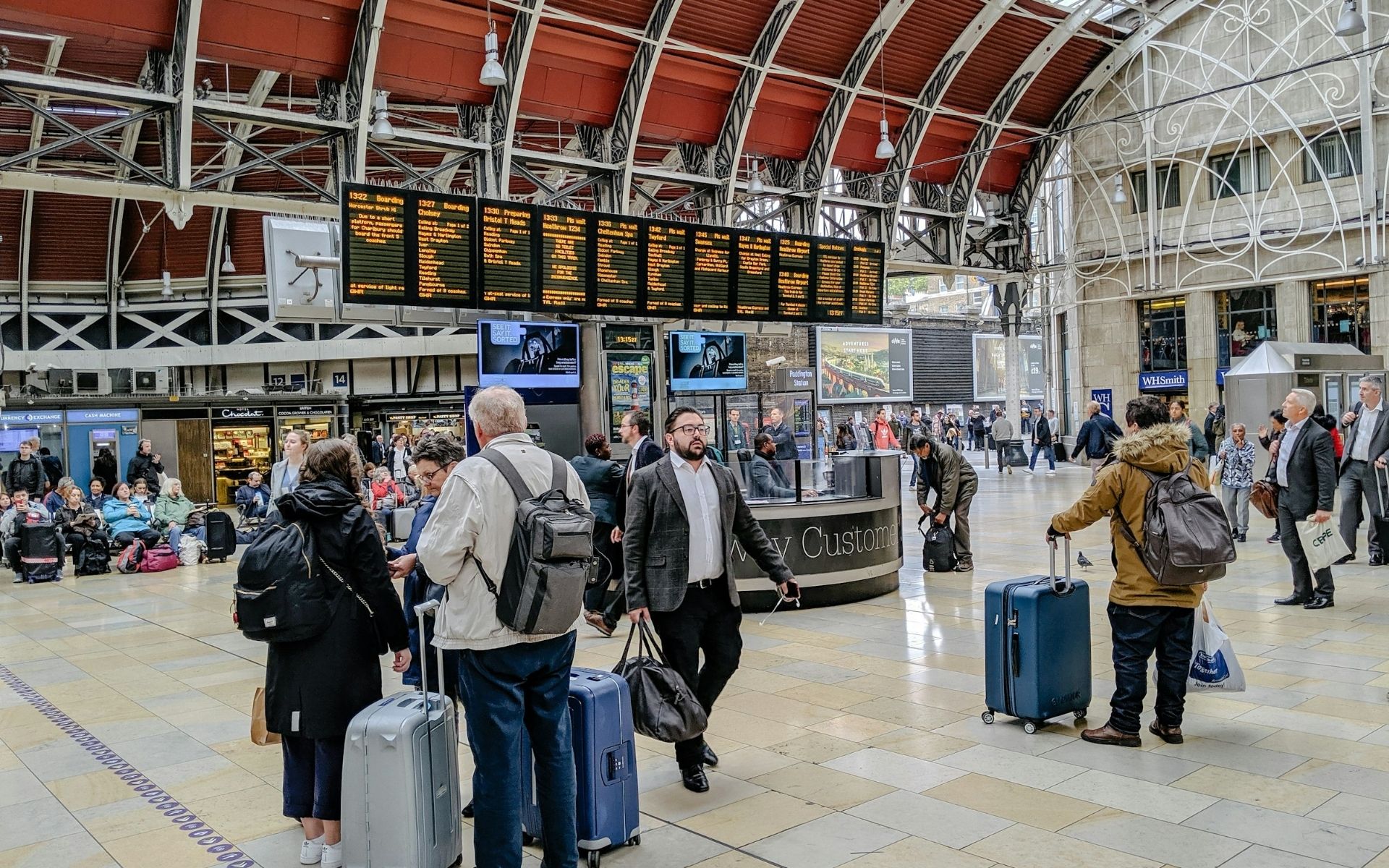
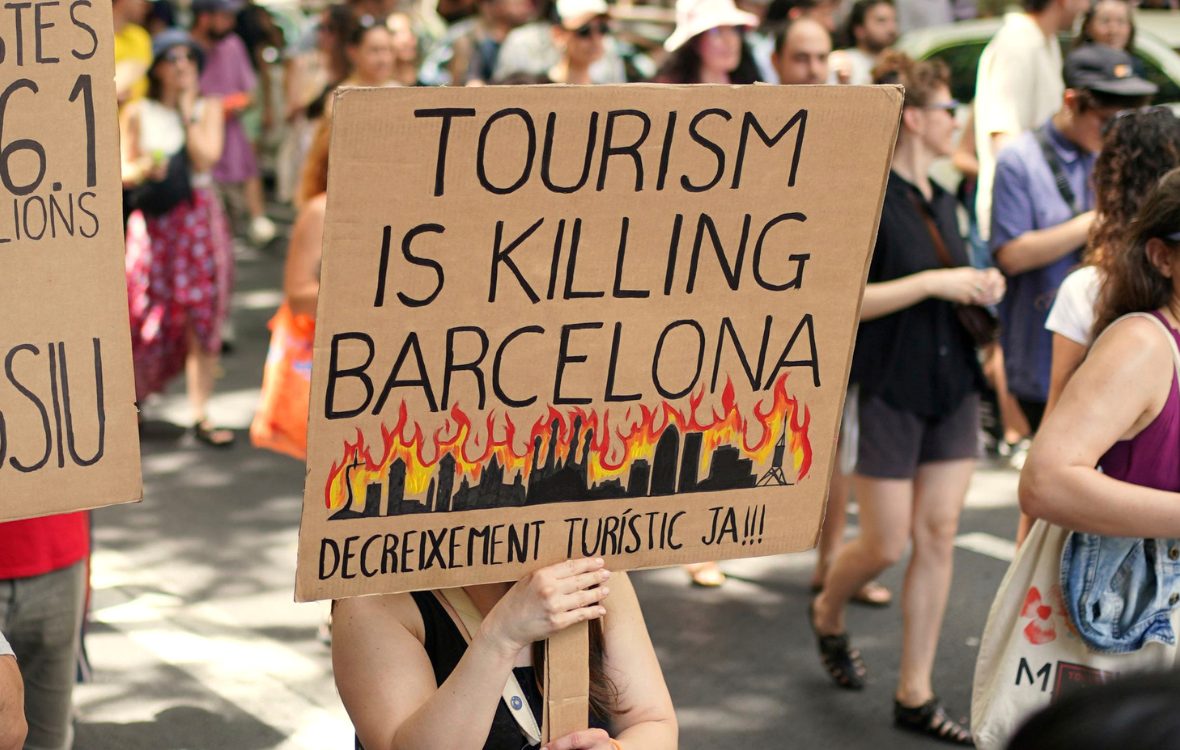









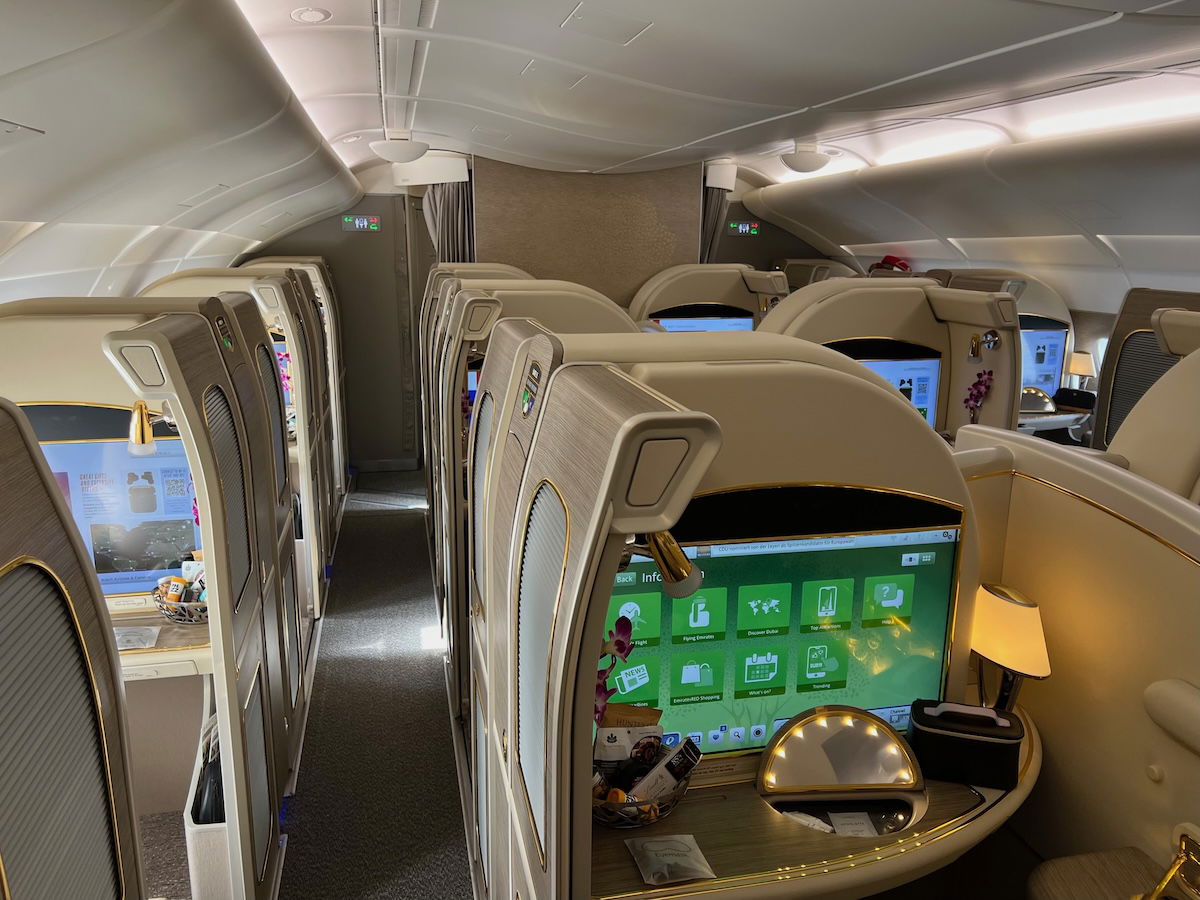

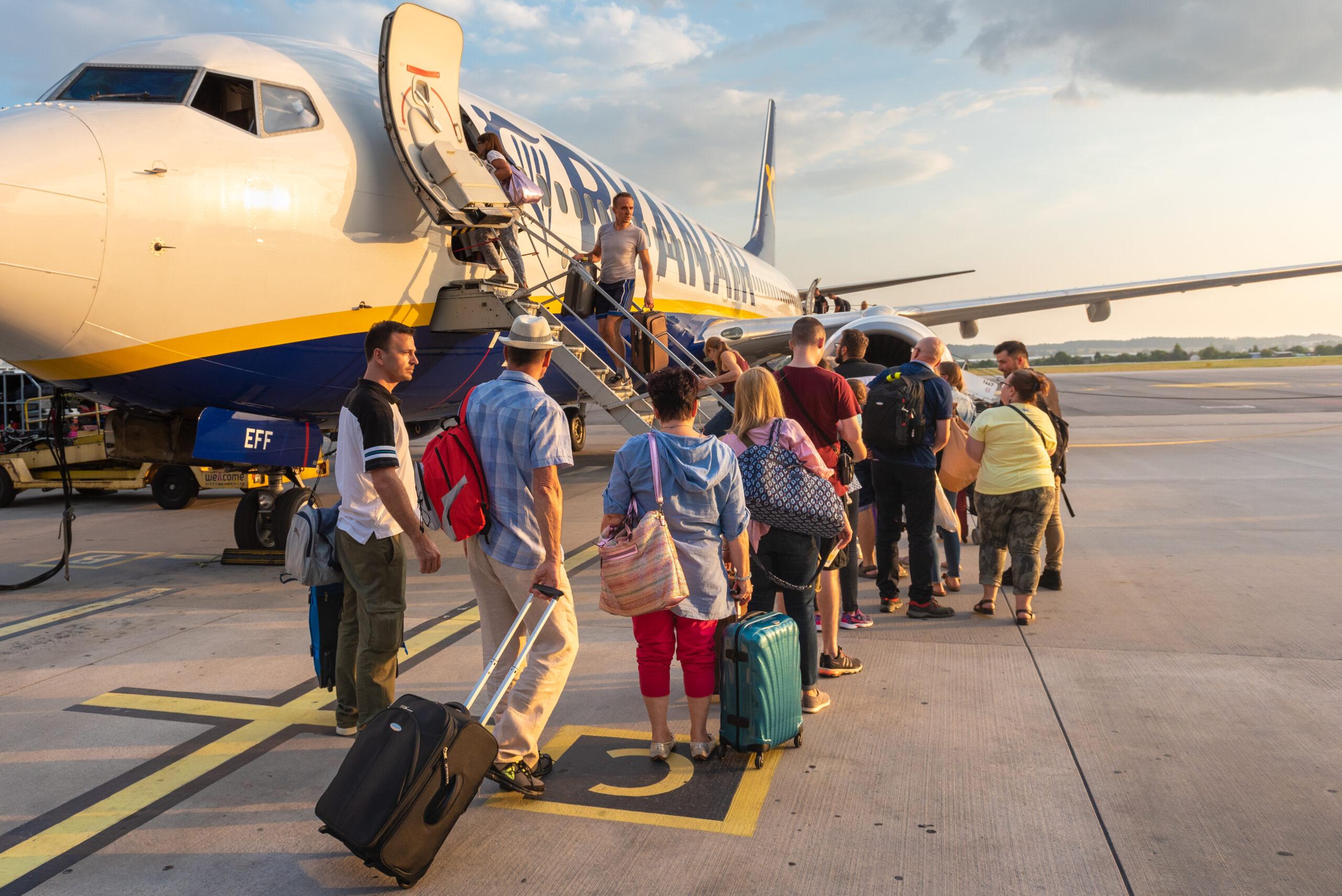






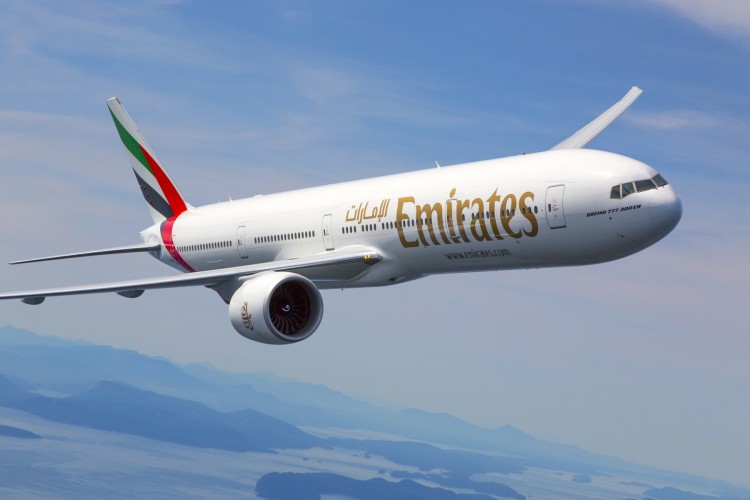






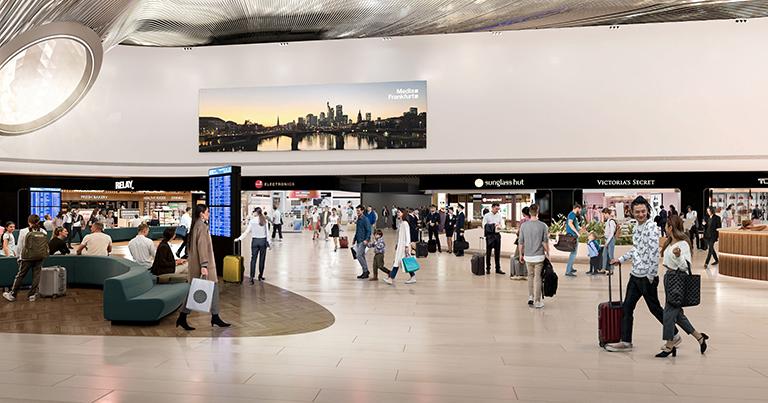
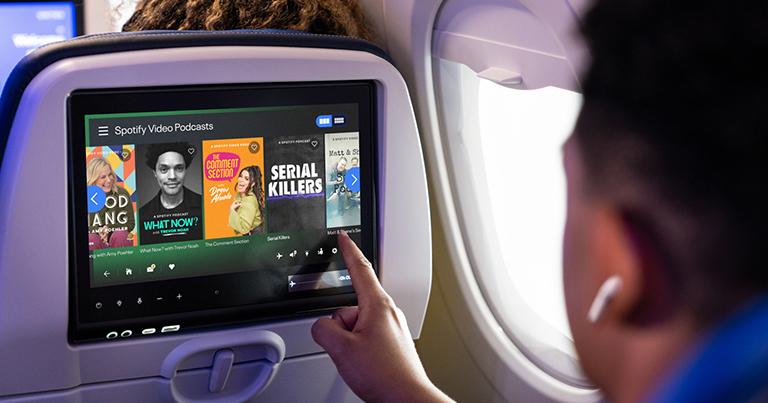





























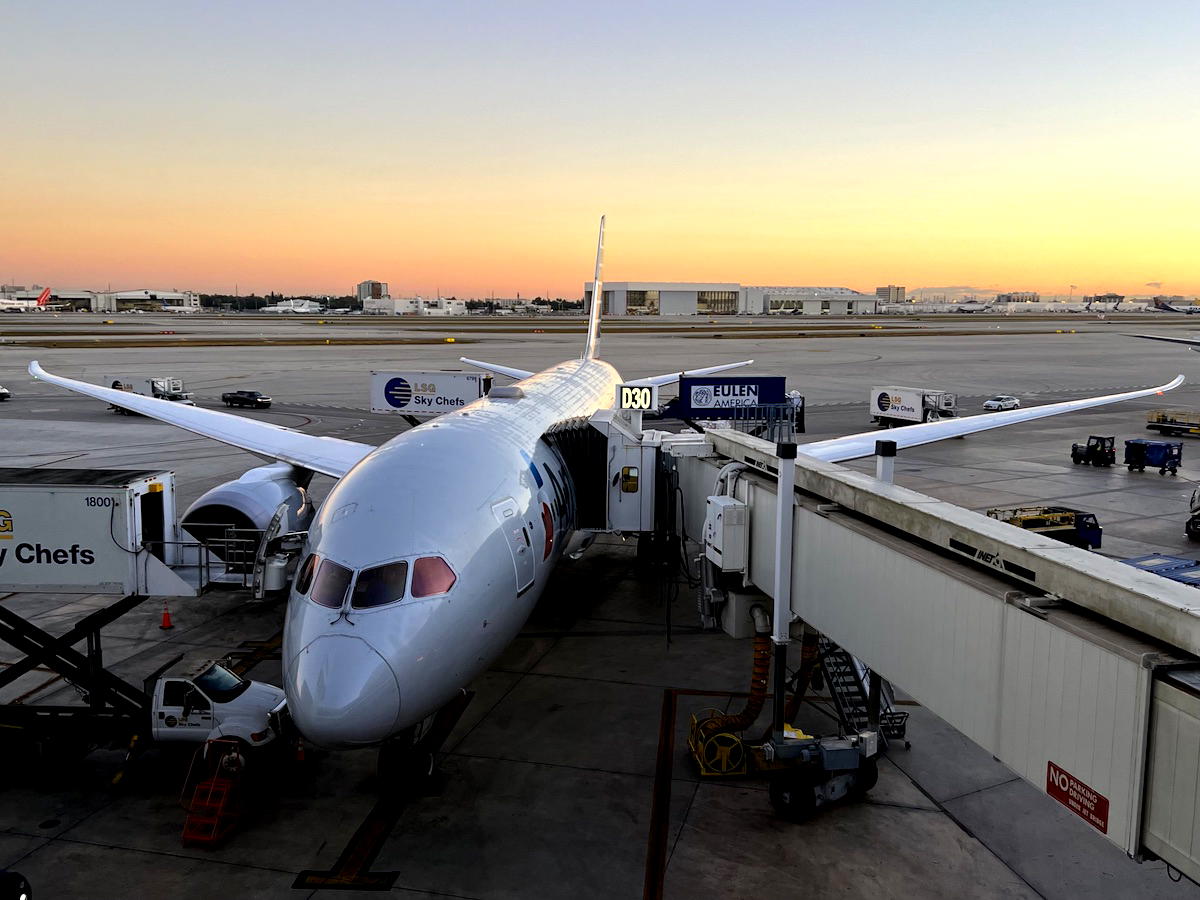


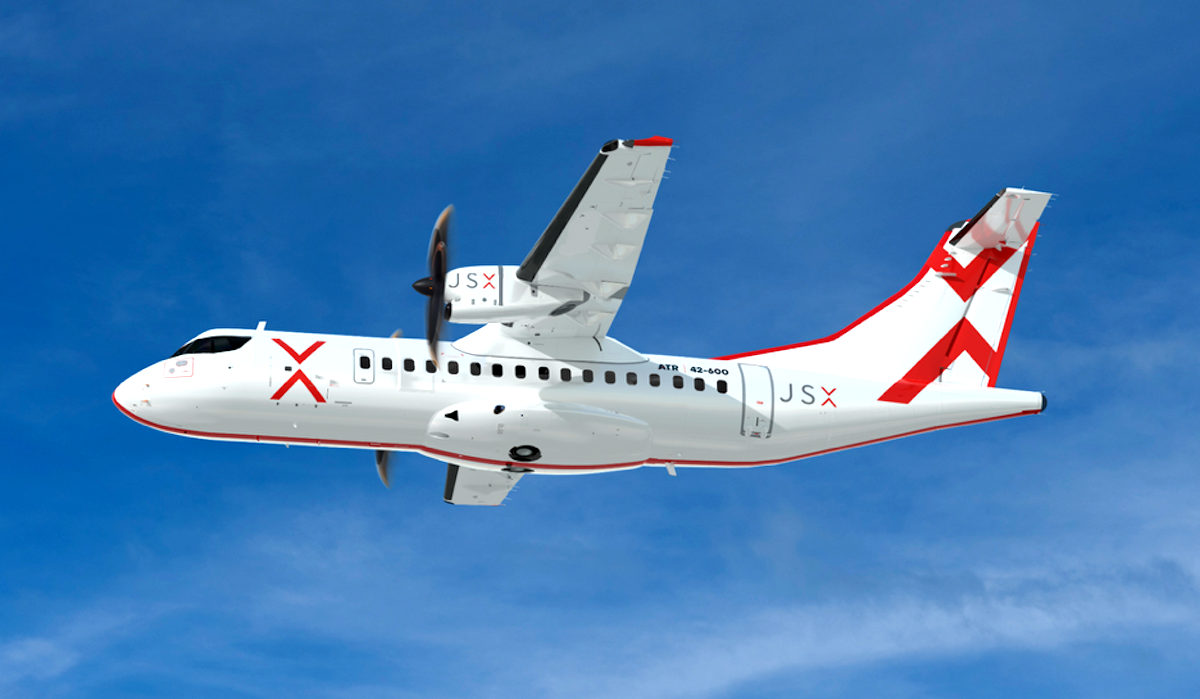


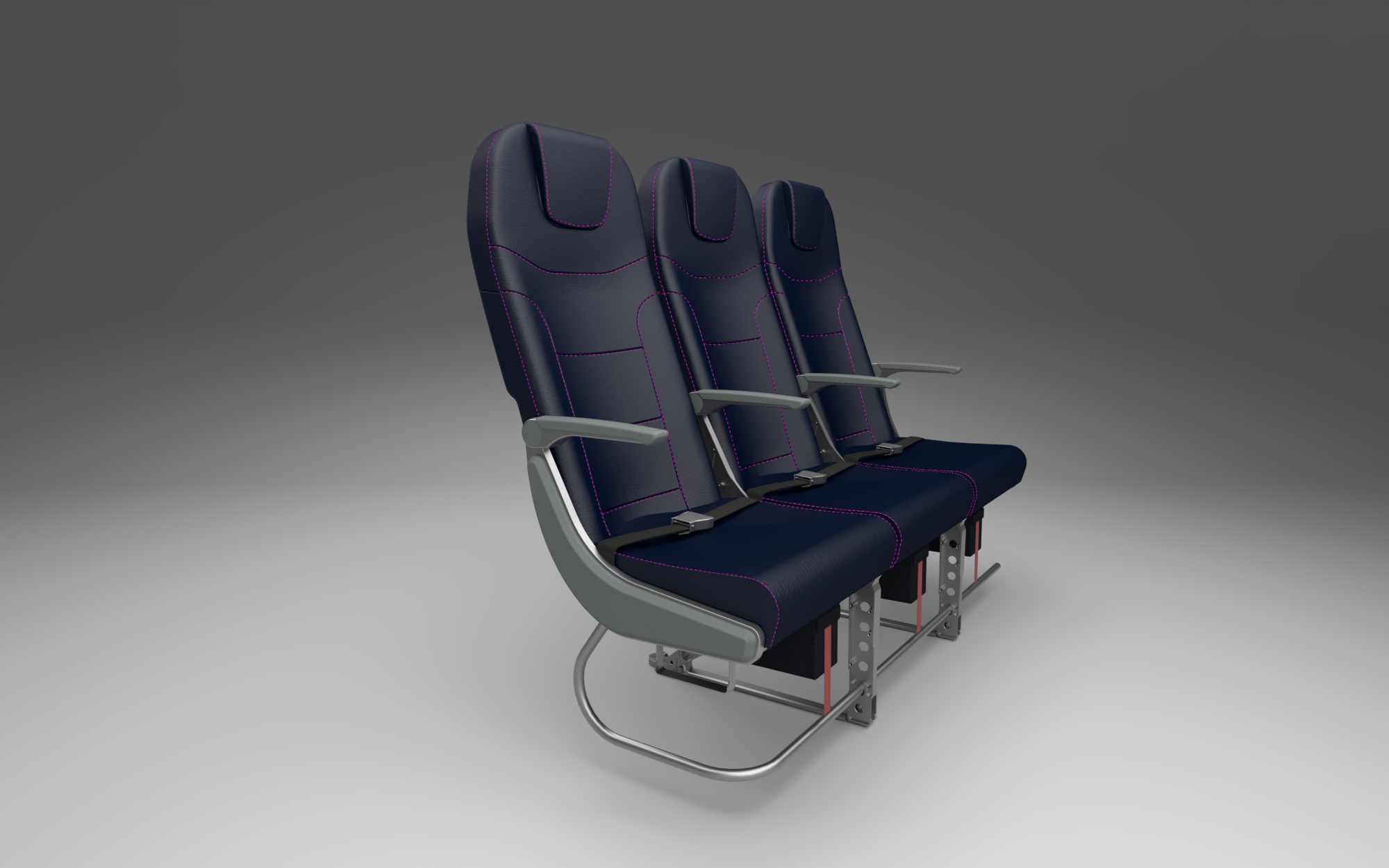
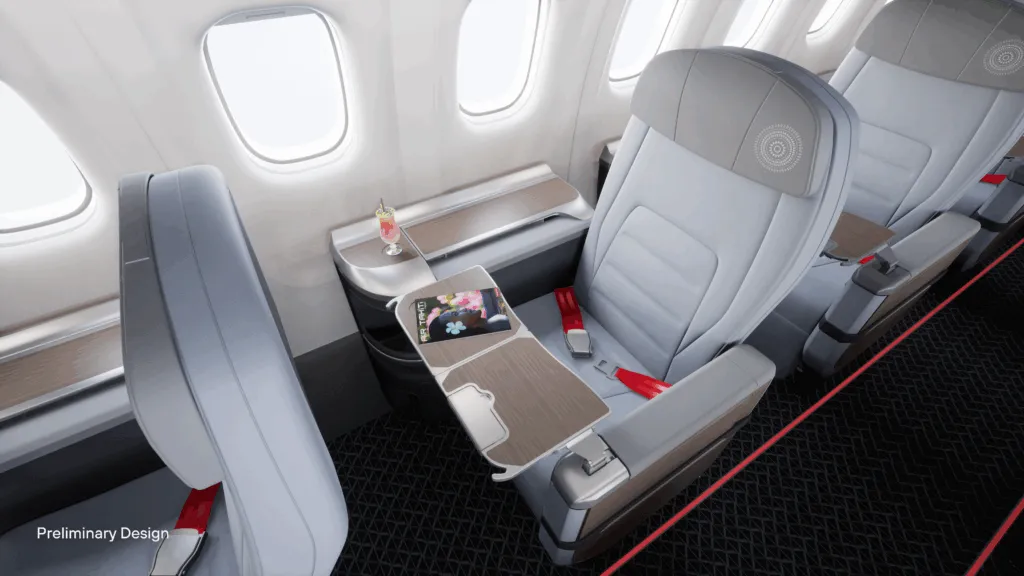


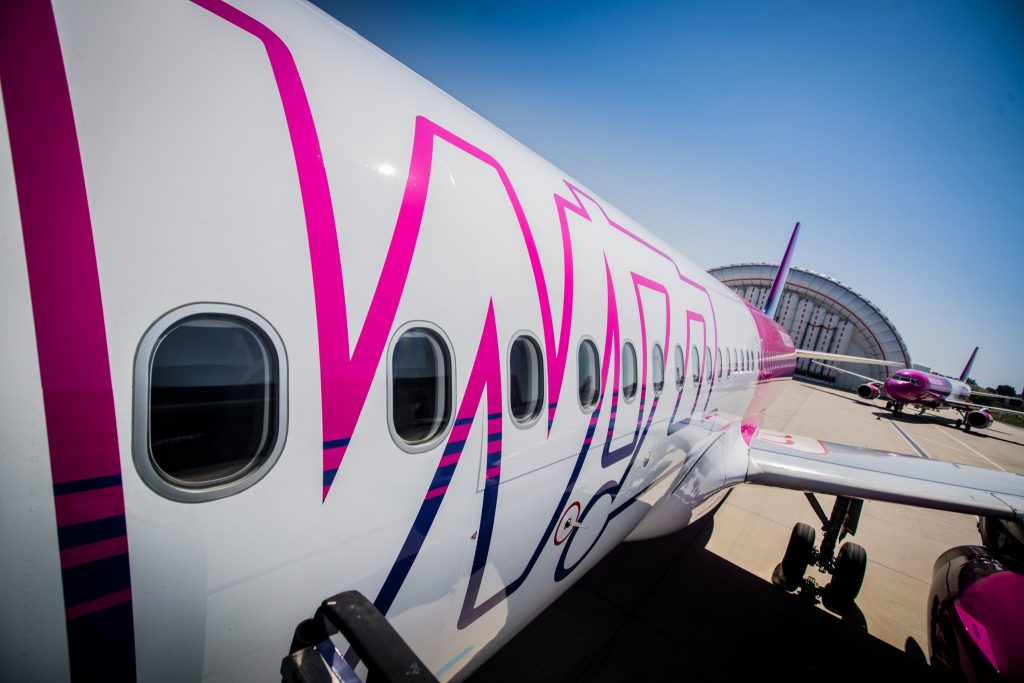





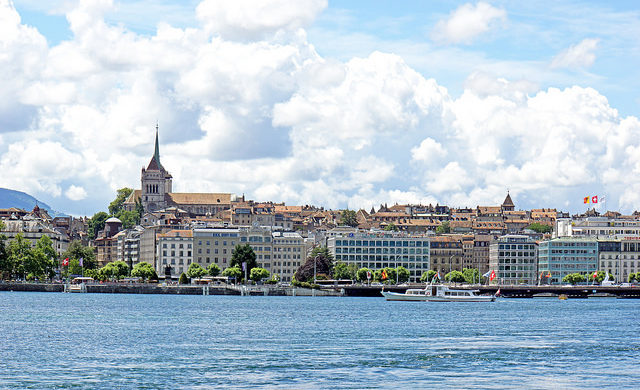
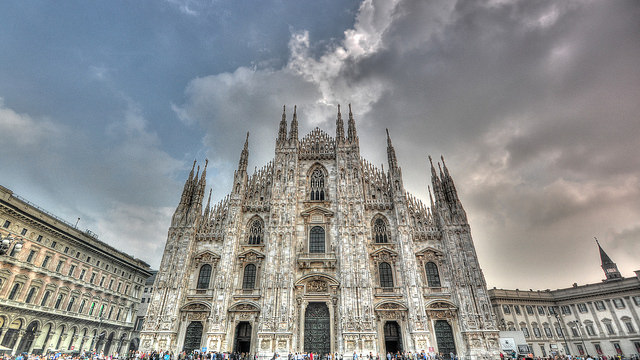
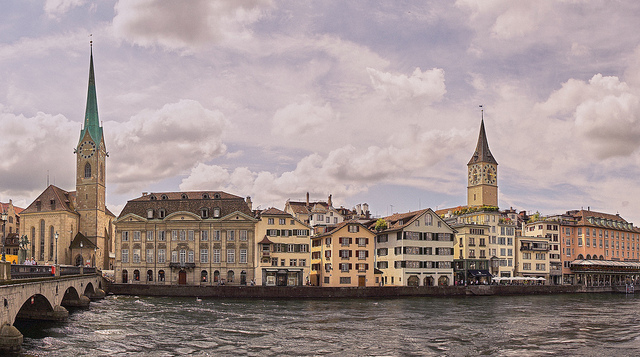
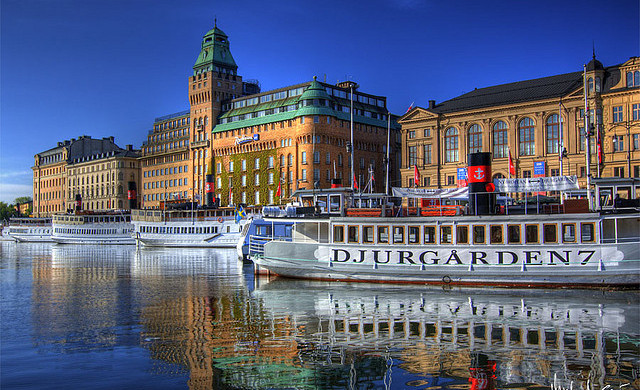





















































































































































































![[Podcast] Problem Framing: Rewire How You Think, Create, and Lead with Rory Sutherland](https://justcreative.com/wp-content/uploads/2025/06/rort-sutherland-35.png)





































































































